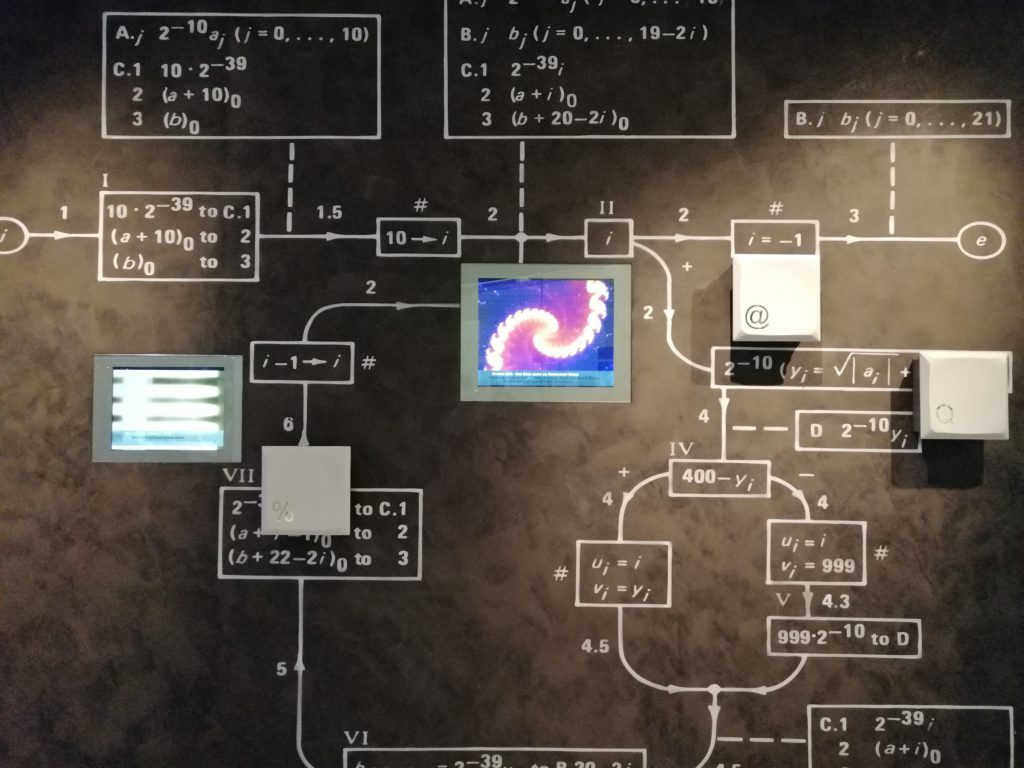Advanced AI tools such as Chat-GPT and DALL-E are revolutionizing the way we interact with machines.
ChatGPT is a language model that can understand and generate human-like responses, while DALL-E is an image-generating AI that can create images from textual descriptions.
In this blog post, we explore some of the concerns surrounding the use of AI tools.
Trust
While these AI models can generate coherent paragraphs of text or images that appear realistic, we have to consider how factual their outputs are. It is difficult for a person interacting with these tools to verify the truthfulness and accuracy of the generated content. This problem is exacerbated by the lack of transparency in AI technology, as many AI models build on each other and the origin and quality of their training data is often unclear. Training data may for instance contain biases, making it even more challenging to comprehend how the AI arrives at its conclusions.
More work is needed to improve the credibility and accuracy of AI models. Without safeguards to ensure the reliability of AI-generated content, these tools could spread misinformation.
While Wikipedia – the biggest online encyclopedia – places a great emphasis on utilizing credible sources to ensure accuracy and reliability, ChatGPT does not provide sources for its answers. In a recent interview, the founder of Wikipedia Jimmy Wales reflects on the “tendency [of ChatGPT] to just make stuff up out of thin air, which […] is not OK”. What we nowadays call “hallucinating” is often used as a nicer term for “misinformation”.
However, the challenges associated with using these technologies are not just technical. There are serious concerns that AI could be misused by individuals to create, for example, ‘deepfakes‘ – artificially created or manipulated photo, video, or voice recordings that give a deceptively genuine impression. Such fakes can potentially damage the reputation of individuals and mislead society. For this reason, it is crucial not to rely solely on AI-supported information, but also to consult additional sources, in order to make well-informed decisions.
If you identify false information in a ChatGPT response, you may provide feedback to OpenAI (the creator) by using the “thumbs down” icon 👎in the chat.
Privacy
If AI tools are fed with personal information such as names, addresses, personal messages, or photos, there is a possibility that this information can be stored by the AI tool and used for its own training purposes. Even before generative AI, artificial intelligence was part of various digital services that we use, such as web browsers or social media. It enabled them to draw conclusions, in order to show us personalized advertising, for example. By chatting with ChatGPT, the amount of personal information we feed in is much broader and there is a risk that it will be tapped by other users (such cases have already become known). To be fair, ChatGPT or OpenAI – the manufacturer of ChatGPT – warns of this danger and offers opt-out options. Nevertheless, I believe that much more is needed to reduce the risks than mere self-regulation by AI manufacturers.
The Italian Data Protection Authority has recently banned ChatGPT, citing concerns regarding data breaches and the use of personal data to train the chatbot as the primary reasons. Legislation like the General Data Protection Regulation (GDPR) provides a framework for managing these risks, and it remains to be seen how AI compliance with GDPR will play out in the future.
Copyright
According to OpenAI’s terms of use (last checked on 16.04.2023) it assigns to users “all its right, title and interest in and to Output” of its AI tools. However, it also states that “Due to the nature of machine learning, Output may not be unique across users and the Services may generate the same or similar output for OpenAI or a third party. […] Other users may also ask similar questions and receive the same response. Responses that are requested by and generated for other users are not considered your Content.”.
Additionally, copyrighted works are often used to train AI models, which raises questions about whether AI-generated content is derivative or original. Some lawsuits have already raised the issue of AI violating copyright laws. The question of who can claim ownership of works produced by AI systems is closely related to the question about the copyright over training data and therefore also unsettled.
Clarifying the fair use of data to develop AI that does not infringe on the copyrights of human creators and determining who has the rights to AI-generated content are complex problems. It remains to be seen if regulations in their current form will be sufficient to solve these issues.
In a Nutshell
Chat-GPT, Dall-E, and other AI models point to an exciting future with new creative possibilities, but we must address the risks around trust, privacy, and copyright. More needs to be done to ensure that AI develops in a way that is transparent, accountable, and aligned with human values and priorities. By proactively managing the risks, we could promote the development of ethical AI.
Photo: MS.




Leave a Reply